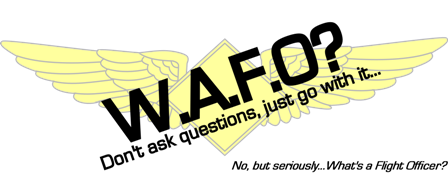
Lately, I have been thinking a lot about CAP and UAVs. Although CAPBlog god "Data" thinks they have no place in CAP, I am not sure what to think. Do I think we should go robotic? Not at the sacrifice of our manned platforms. However, would a small fleet of drones be beneficial? I believe so.
There is a product called the
Evolution (pictured). It's a small vehicle that can be disassembled and placed in a backpack. It's usual payload is a port- and forward-mounted camera. Piloting the vehicle is also easy, with a system that resembles a playstation controller connected to MS Flight Simulator (at least, according to the info sheet). It also can fly itself through a pre-planned flight plan. Additionally, the system is purely electronic, allowing for zero cost in fuel.
I have been on searches where a small UAV could be beneficial to a ground team in the area. Rather than spend the $120+ an hour for that Cessna to survey the surrounding area, they could simply launch an Evolution in-theater. With today's gas prices, this system might be worth exploring.
There is a compromise, however. Since I have been involved in the cyber-CAP community, there has been a major complaint that we don't have FLIR attached to our airborne systems. FLIR has been deemed too expensive or complex for our aircrews, or at least that's the story I got. However, there are certain
UAV payloads that, although not as good as FLIR, can provide real-time visible-light or infrared surveillance of a select area. The technology may be adaptable to our fleet of aircraft, and easily trainable for our aircrews.
This is clearly a controversial issue, however it's a debate that needs to be had. Those who don't adapt will die; and I would hate to see this organization perish for lack of foresight.
(all images are (C) BAI Aerosystems. No infringement is intended)






